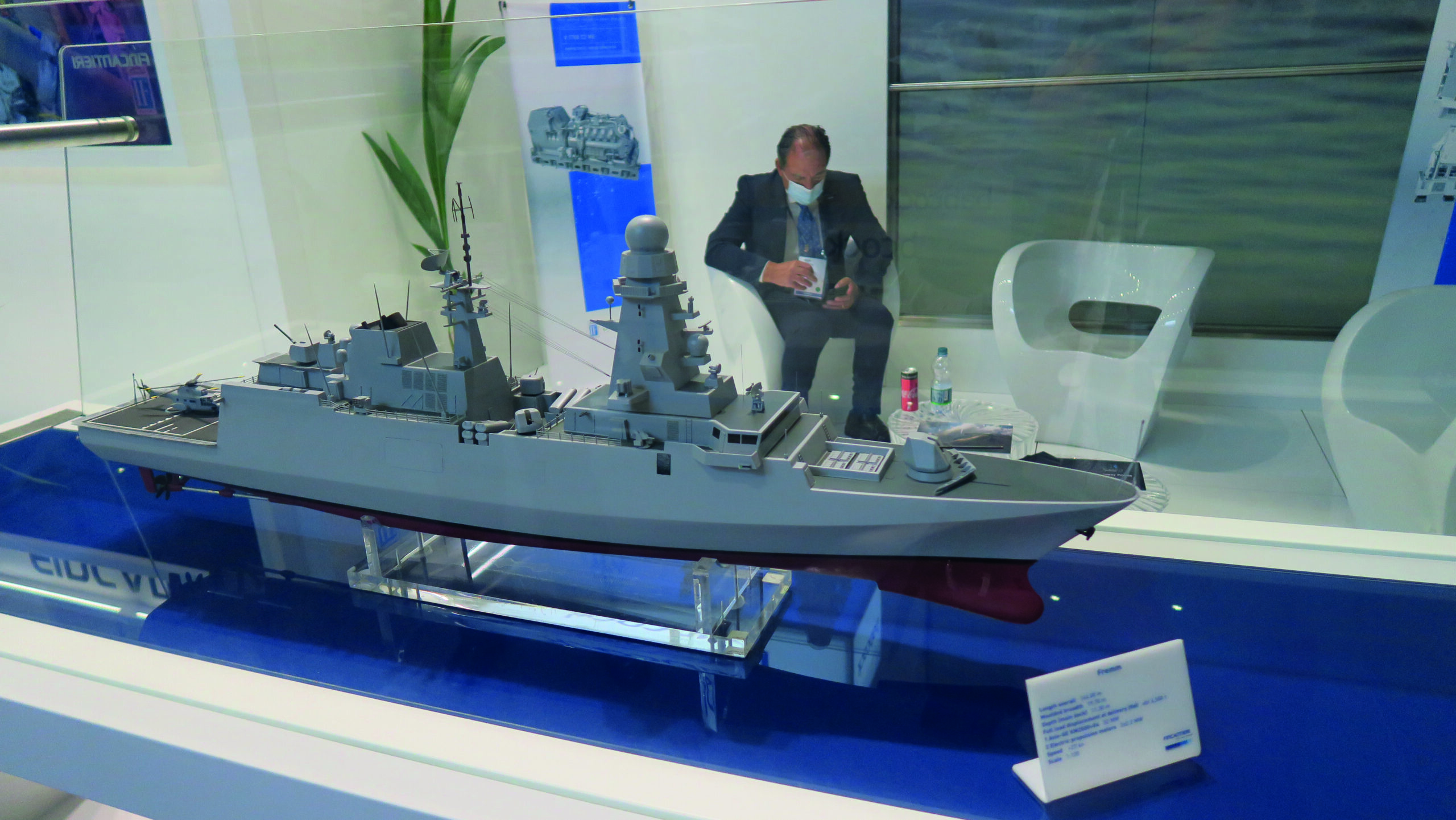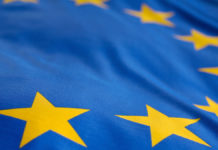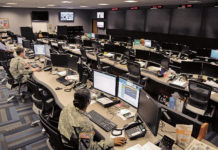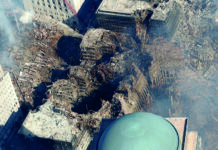Transatlantic cooperation emerged following two World Wars and has been defining its shape ever since. While this bond has never been guaranteed, the transatlantic partnership has always required that the main actors adapt their positions to developing geopolitical contexts. Today’s transatlantic community is bigger and more diverse, marked by intertwined economies, global markets and a higher level of interdependence between countries.
While differences between military and civilian technology have become harder to define and the fourth industrial revolution awaits just around the corner, transatlantic industrial cooperation should be modernised, and become stronger and more flexible than it has ever been.
Current Trends
One of the most visible features in transatlantic relations has remained the asymmetry between the so-called “dominant US” and a “weak Europe”. While the EU has struggled to portray itself as more autonomous, there is still a long way to go for a lasting balance to be achieved in order to counter the long-standing political, strategic and technological weakness perceived by the international community. Bearing in mind the current context and the international focus on defence and security, the only feasible way to achieve a transatlantic balance is for the EU to consolidate its defence and industry related policies.
In this regard, defence integration initiatives and funding should remain inclusive for weaker Eastern European countries and their strategic and industrial preferences.
At present, the transatlantic defence industry has reached a higher, although not yet sufficient, level of integration that produces the necessary capabilities to protect and defend both the EU and US societies. Still, the most advanced safeguarding capabilities can only be obtained through close collaboration between the industrial actors on both sides of the Atlantic. While capability requirements are well defined at the strategic level, industry is needed to build and deliver those capabilities. Therefore, NATO Allies and European partners should strengthen their industrial and technological cooperation, not only in response to certain threats or events, but also as part of a preventive strategy. In this regard, increased defence budgets must be urgently matched by more efficient pooling and sharing of Europe’s resources, research investments and equipment production cycles if Europe is to narrow the burden-sharing gap with the US and take care of its own strategic priorities and operations where the US is unlikely to be involved.
As this debate has unfolded over the last five years, two distinct challenges have arisen. The first is to define what an autonomous defence industrial and technology base means for the EU and how this could also benefit NATO and the wider cause of transatlantic burden-sharing. This has to be grounded in a conviction that a stronger EU defence capability is good for the US, and not just for Europe, and as such, something that Washington should encourage rather than view as a rival. Given that 22 EU Member States are also NATO allies, it makes sense for the two organisations to work more closely together to ensure that EU initiatives such as the Permanent Structured Cooperation (PESCO) and the European Defence Fund (EDF) both harmonise and support the urgent capability requirements of both organisations.
International Armoured Vehicles
Based on the analysis and predictions of several international reports, the global armoured vehicle market size is projected to grow from US$11.6Bn in 2020 to US$15.4Bn by 2025, at a CAGR of 5.8 per cent from 2020 to 2025. The rise in the instances of cross-border conflicts and in incidences of asymmetric warfare across the globe are just two of the major driving factors behind the increasing demand for armoured vehicles and the growth of the armoured vehicle market. The rise in the instances of asymmetric warfare has led government agencies to adopt combat vehicles for self-protection and defence against terrorist or insurgent attacks as armoured vehicles offer protection against ballistic as well as blast attacks. Moreover, these vehicles have turret gun systems to carry out counter-insurgency operations.
Currently, the armoured vehicle market is mainly concentrated in the North American and European regions, owing to the presence of large OEMs such as BAE Systems, General Dynamics, Rheinmetall, and Nexter Systems in these regions. Emerging armoured vehicle markets can also be found in the Middle East and Asia Pacific, but the countries in these regions are still dependent on foreign OEMs for armoured vehicles. This results in expensive procurement procedures, resulting in a decrease in their overall demand. Still, the demand for unmanned systems has increased across the globe in recent years due to their increased use by military forces of different countries for carrying out Intelligence, Surveillance, and Reconnaissance (ISR) and combat operations. Moreover, the declining defence budgets of advanced economies such as the UK, Italy, Spain, Germany, and France has led to the increased procurement of unmanned systems to replace their defence personnel, which make use of large volumes of equipment and logistic support.
Based on the platform required, the armoured vehicle market has been divided into combat vehicles, combat support vehicles, and unmanned armoured ground vehicles. The combat vehicle segment is projected to lead the armoured vehicle market during the forecasted period. Increased demand for Armoured Personnel Carriers (APCs) and Light Armoured Vehicles (LAVs) across the globe is leading to the growth of the combat vehicle segment of the market. Based on the system, the armoured vehicle market can be broken down into:
- engines
- drive systems
- ballistic armour
- turret drives
- fire control systems
- armaments
- countermeasure systems
- Command & Control (C2) systems
- power systems
- navigation systems
- ammunition handling systems
- observation & display systems
- hulls/frames
The armaments segment is estimated to lead the armoured vehicle market from 2018 to 2023. The growth of this segment can be attributed to the increased demand for remote weapon stations, anti-tank guided missile (ATGM) launchers, and other armaments across the globe.
COVID-19 Impact
As the virus still represents a global threat, the effects of the pandemic on transatlantic industrial cooperation are still hard to define. While coronavirus may complicate efforts to restart an ambitious transatlantic free trade deal because of populist forces that do not want to expose national economies to more competition in sensitive sectors, it may lead to renewed focus on more modest, pragmatic and immediately achievable goals – including the elimination of tariffs on the industrial goods trade. Also, bearing in mind that COVID-19 places new external and internal pressures on Western democracies, it accelerates the global trend of a relative weakening of the West. As a result, Europe and the US need to stand together to defend our democratic systems and our security in the face of growing authoritarian influence. Transatlantic cooperation on various levels, and especially in terms of industry and defence, is needed to tackle the risks of foreign-made 5G networks, new surveillance technologies, economic dependencies and disinformation, while not forgetting about the continued need for investments in military defence and deterrence capabilities.
So far, the COVID-19 pandemic has caused a multi-level impact on economies globally. The global manufacturing of automotive parts, components, and assembly lines has been severely impacted. Although the production of armoured vehicles is of prime importance for national and international security, disruptions in the supply chain have set back their manufacturing for the time being. As a result, the entire supply chain is disrupted due to the limited supply of parts. Chinese suppliers around the globe have placed production lines on hold or shut them down completely. Nevertheless, legal and trade restrictions, such as sealed borders and new customs regulations, increase the shortage of required parts. Such disruptions in the supply chain are expected to affect the assembly of OEMs in Europe and North America. Resuming the manufacturing and delivery of armoured vehicles depends on the level of COVID-19 exposure a country is facing, the level at which manufacturing operations are running, and import-export regulations, among others. Although companies may still be taking orders, delivery schedules might not be fixed.
Conclusion
The current geopolitical context requires that transatlantic cooperation reaches its highest level in all areas in order to ensure both societal protection and development. While industry and defence must remain at its core, no other field should be left behind. Now, more than ever, a preventive strategy instead of a reactive one is necessary and can only be achieved through international cooperation.









